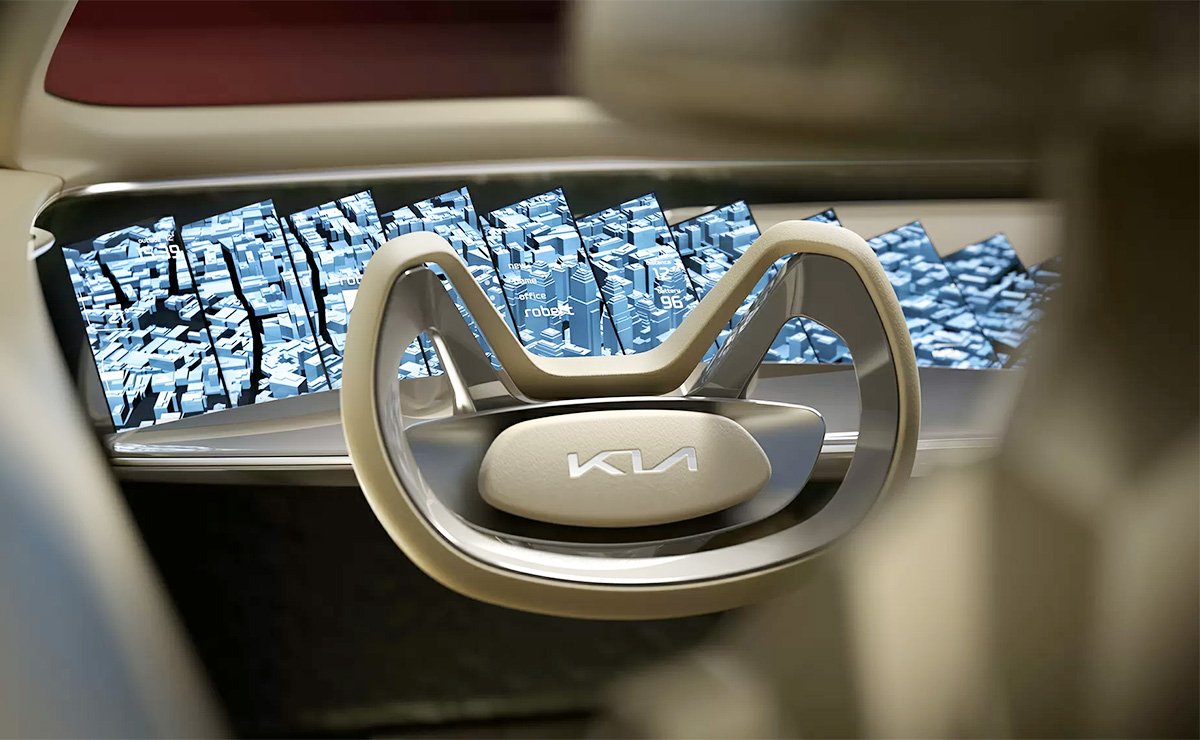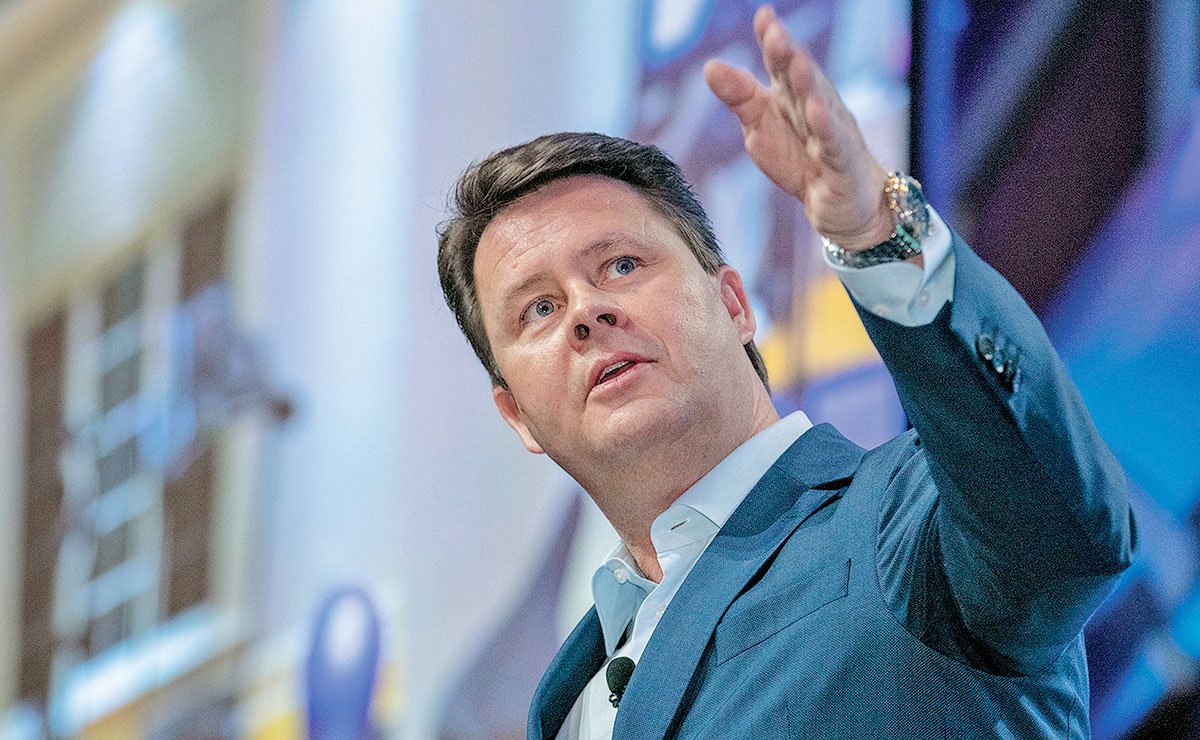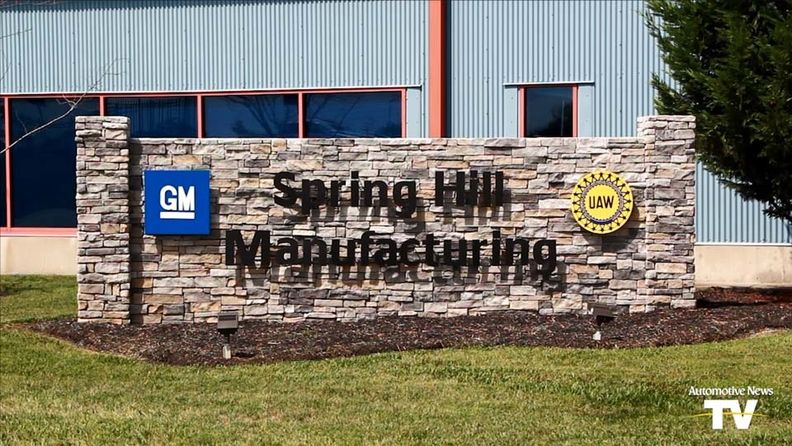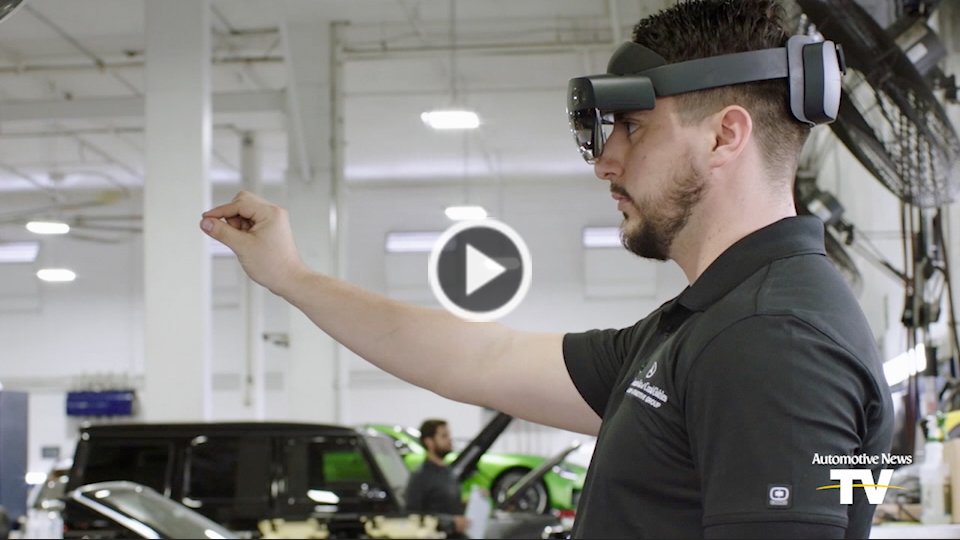<!–*/ */ /*–>*/
| Somebody’s putting Kia on a fast track |

Here’s a statistic worth note: Since Kia began selling cars in the U.S. 27 years ago, in 1993, the brand has posted only three annual U.S. sales declines.
It even managed to avoid a drop in the Great Recession year of 2009. And while it will be down for this pandemic year, it’s the only brand among the top 10 to limit its slip through September to single digits.
Kia does what it does quietly. Most of you reading this would be hard-pressed to name any U.S. employee. (Here are two: The CEO is Sean Yoon; sales VP is William Peffer.)
But there’s one name you should know: Ho Sung Song.
The 58-year-old took over as president of the South Korean parent in April. But he began preparing for the job two years before.
Last week, in his first interview with Western media as president, Song talked with Automotive News about where he’s taking Kia globally. He’s on a five-year mission to plunge Kia deep into electric vehicles and new mobility concepts, with multiple new autos, as well as Kia-branded runabouts for use in downtown traffic-scapes, or as shuttles and robotaxis.
To kick off the new mission, early next year, Kia will unveil a new brand logo, Song revealed, replacing the long-serving oval that encircles the name “KIA.”
He declined to go into details of the new look. (The stylized letters at the top of this column, which appeared on the Imagine concept, may be close.) But he did make one thing clear: The brand is on the move — even to the point of catching up with its big sister, Hyundai. The two family marques are now running neck and neck in the U.S., which didn’t used to be the case, and Song has no intention of holding Kia back.
It’s a turning point for Kia, and you can read about it on Page 1 of our Monday issue. It’s also a telling moment for an industry that’s itching to get back to business. A lot of signs are pointing the way to a resumption of — maybe not “normalcy,” but at least better days. General Motors is spending to prepare for EV production. Toyota said its dealers are reporting record profits. AutoNation, Penske and Lithia all reported record results for the quarter just ended.
You’ll find those stories and more in Monday’s issue of Automotive News.
 |

 |
Coming Monday in Automotive News:

The ballot box and the industry’s future: Emissions standards, electric vehicle charging infrastructure and incentives, unsettled disputes with global trading partners — next week’s election should bring clarity to an auto industry anxious to know the direction of the nation’s policies over the next four years. Says one analyst: “It’s a very consequential election for the industry, in particular.” Automotive News talks with insiders about what’s at stake Nov. 3.

Volvo is doing OK in 2020: By reacting early and swiftly to coronavirus-related shutdowns, Volvo finds itself in an enviable position. The brand’s U.S. sales have recovered faster than those of its European competitors and the overall industry. Volvo’s U.S. CEO Anders Gustafsson tells Automotive News how the automaker pulled it off. He also discusses the importance of Volvo’s first electric vehicle, which launches early next year, and details the brand’s new product strategy for internal-combustion vehicles, plug-in hybrids and battery-electric vehicles in the U.S.
 |

NADA names next CEO: After a roughly five-month search for a successor to CEO Peter Welch, the National Automobile Dealers association picked from within. COO Mike Stanton will become the association’s chief starting Jan. 1.

General Motors will build the Cadillac Lyriq and other EVs in Tennessee: The automaker said it will spend $2 billion to renovate its assembly plant in Spring Hill, Tenn., for electric vehicle production. GM also announced more than $150 million in investments for five Michigan plants.
<!–*/ */ /*–>*/
 |
|
|---|
 |
Next-gen strategies in the decades-old search for service technicians: Toyota, Mercedes-Benz and other automakers are looking to change the public perception of service technicians. Think “Apple tech with wheels” instead of “Gomer Pyle.” Advanced technology in the shop and targeted videos to parents and young students are helping make the case.
 |
 |
A selection from Shift and Daily Drive:
 |
Oct. 29, 2017: Peter Schutz dies at 87. Porsche was in a tailspin in 1981 when Ferry Porsche named Schutz, an American, CEO of the company. Porsche had posted its first net loss a year earlier, and sales of the iconic rear-engine 911 were dropping sharply. Executives had pegged the 911 to be discontinued so that Porsche could focus on its more contemporary front-engine models, the 944 and 928. Schutz, whose family fled Germany for Cuba when he was 8 and moved to the U.S. when he was 10, was a lifelong car buff and engineer by trade. He made the landmark decision to keep the 911.

